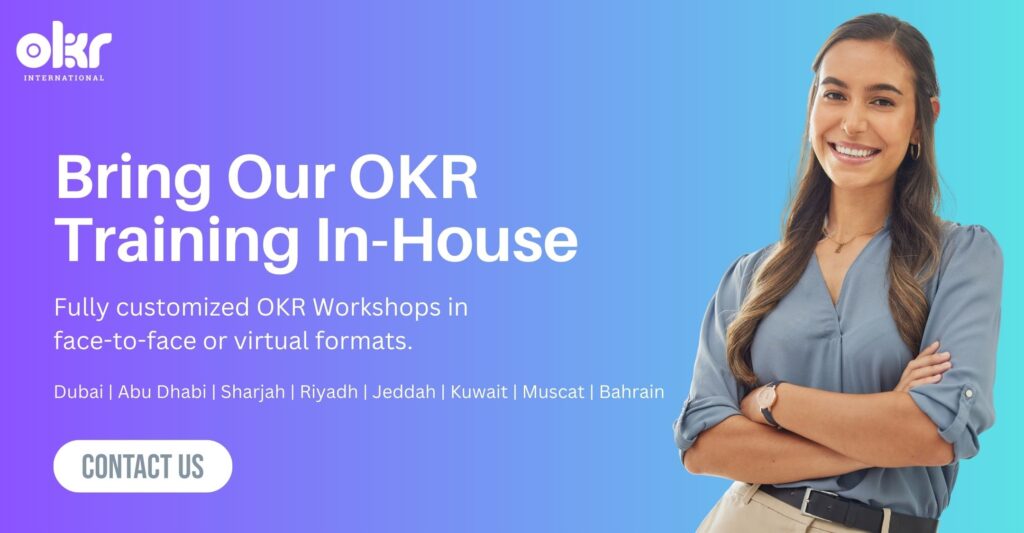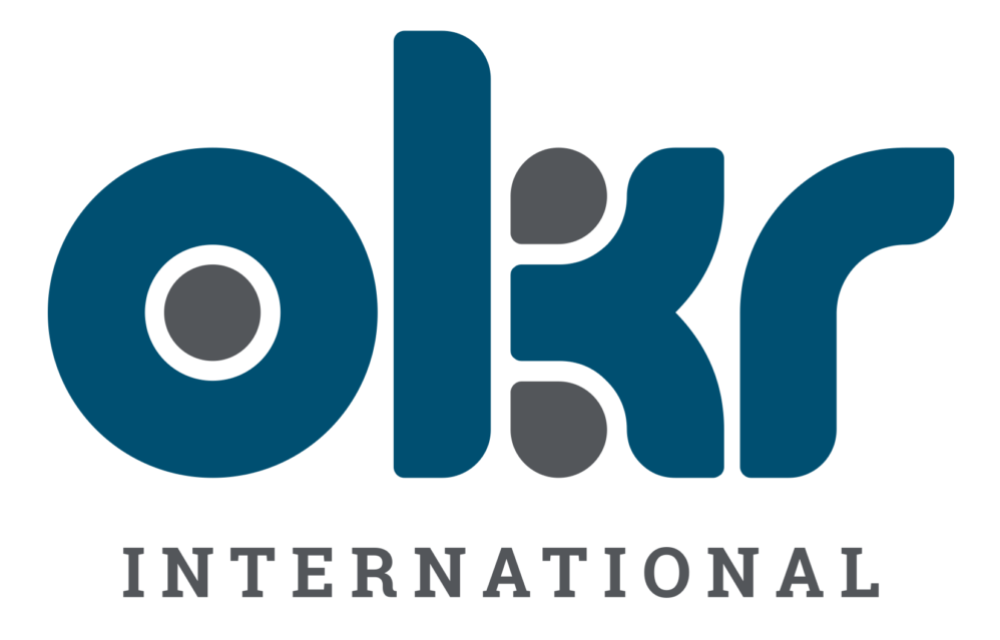Getting Leadership Buy-In for OKRs
Strategies for Securing Commitment and Support from Senior Leaders for OKR Adoption
How to get buy-in for OKRs? Well, this question has been one of the most frequently asked ones when it comes to change agents trying to get OKRs introduced within their organisation. The adoption of Objectives and Key Results (OKRs) within an organization can be a game-changer, driving focus, alignment, and execution of strategic goals. However, the success of OKRs hinges on the commitment and support of top executives. Without their buy-in, the initiative risks being perceived as just another management fad, rather than a transformative approach to achieving organizational goals.
In this article, I’ll share effective strategies to help you secure leadership buy-in for OKR adoption. These approaches will ensure that the framework not only gets implemented but also thrives within your organization.
1. Understand the Leadership’s Perspective
Before diving into OKR implementation, it’s crucial to understand the concerns, priorities, and motivations of the leadership team. This involves a few key steps:
1.1 Identify Their Strategic Priorities
Executives are typically focused on high-level strategic goals such as growth, profitability, innovation, and market positioning. To secure their buy-in, you need to clearly demonstrate how OKRs can directly support these priorities. This requires a thorough understanding of the company’s vision, mission, and strategic objectives.
1.2 Anticipate Objections
Leadership teams may have reservations about adopting a new management framework. Common concerns include the perceived complexity of OKRs, the potential for increased workload, or scepticism about the framework’s effectiveness. Anticipating these objections and preparing thoughtful responses can help in addressing their concerns proactively.
2. Demonstrate the Value of OKRs
To gain leadership commitment, it’s essential to articulate the value that OKRs bring to the organization. This involves clearly communicating the benefits and providing evidence of success.
2.1 Link OKRs to Business Outcomes
Executives are results driven. Demonstrate how OKRs can lead to tangible business outcomes, such as increased revenue, improved customer satisfaction, or enhanced operational efficiency. Use data and case studies from other organizations that have successfully implemented OKRs to illustrate potential benefits.
2.2 Show How OKRs Enhance Focus and Alignment
Explain how OKRs help organizations prioritize initiatives and ensure that all efforts are aligned with the company’s strategic goals. Highlight how the transparency and clarity provided by OKRs can lead to better decision-making and a more cohesive organizational culture.
2.3 Provide Evidence of Success
Leverage case studies and examples from companies that have successfully implemented OKRs, especially those in the same industry. Presenting real-world success stories can help mitigate scepticism and build confidence in the framework’s potential.
3. Engage Leadership in the OKR Process
Involving executives in the OKR process from the outset can significantly increase their commitment. This means making them active participants rather than passive observers.
3.1 Involve Leaders in Setting OKRs
Invite top executives to participate in the initial stages of setting company-level OKRs. This ensures that the OKRs are directly tied to their strategic priorities and increases their sense of ownership over the process. When leaders see their goals reflected in the OKRs, they are more likely to champion the framework.
3.2 Start with a Pilot Program
Rather than rolling out OKRs across the entire organization at once, propose a pilot program in a specific department or business unit. This allows the leadership to see the impact of OKRs on a smaller scale, reducing perceived risks and building confidence in the framework. Once the pilot demonstrates success, executives are more likely to support a broader rollout.
3.3 Regularly Communicate Progress
Keep leadership informed about the progress of OKR implementation. Provide regular updates on the impact of OKRs on business outcomes and share any early successes or lessons learned. This ongoing communication helps maintain their interest and reinforces the value of the framework.
4. Address Leadership Concerns and Misconceptions
It’s common for leaders to have misconceptions about OKRs, especially if they are unfamiliar with the framework. Addressing these concerns head-on is critical for securing buy-in.
4.1 Simplify the Framework
OKRs can appear complex or overwhelming to those unfamiliar with the framework. Simplify the explanation and focus on the core principles: setting clear objectives, measuring progress with key results, and driving alignment. Emphasize that OKRs are a flexible tool, not a rigid process, and can be adapted to the organization’s specific needs.
4.2 Highlight the Role of Leadership in OKR Success
Explain that for OKRs to be effective, leadership involvement is crucial. This doesn’t mean micromanaging the process, but rather providing strategic direction, removing obstacles, and fostering a culture of accountability. Leaders need to understand that their role is pivotal in setting the tone and ensuring the success of OKRs.
4.3 Address Fears of Increased Workload
One common concern is that OKRs will add to the workload of already busy executives. Clarify that while there is an initial investment of time and effort in setting up the framework, OKRs actually streamline decision-making and reduce time spent on misaligned initiatives. Over time, OKRs can lead to greater efficiency and focus, thereby reducing the overall workload.
5. Create a Roadmap for Implementation
A clear and structured implementation plan can reassure executives that OKR adoption will be a well-managed process, rather than a disruptive change.
5.1 Develop a Phased Implementation Plan
Outline a phased approach to OKR implementation, starting with initial training and education, followed by a pilot program, and then a broader rollout. A step-by-step plan with clear milestones can help leadership feel more comfortable with the adoption process.
5.2 Provide Training and Support
Offer comprehensive training and ongoing support for both executives and employees. This ensures that everyone understands how to set effective OKRs, track progress, and make adjustments as needed. Providing resources, such as workshops or coaching sessions, can further reinforce the leadership’s commitment to OKRs.
5.3 Set Up a Review and Feedback Loop
Establish regular check-ins with the leadership team to review the progress of OKR implementation, gather feedback, and make necessary adjustments. This continuous feedback loop helps in maintaining alignment with strategic goals and ensures that the OKR process evolves in response to the organization’s needs.
Conclusion
Securing leadership buy-in for OKR adoption is not a one-time effort but an ongoing process that requires clear communication, strategic alignment, and active engagement. By understanding the leadership’s perspective, demonstrating the value of OKRs, involving them in the process, addressing concerns, and providing a clear implementation roadmap, you can ensure that top executives become strong advocates for OKRs. Their commitment and support will be instrumental in driving the successful adoption and long-term effectiveness of the OKR framework within your organization.





